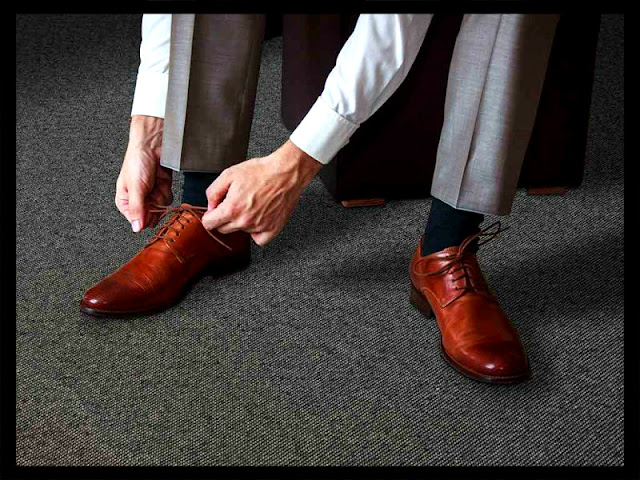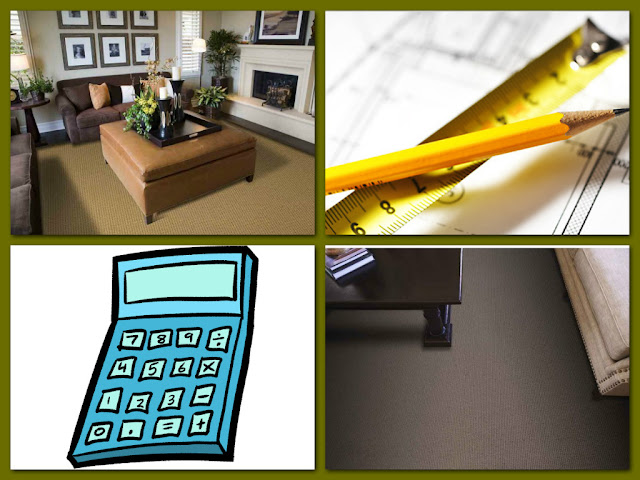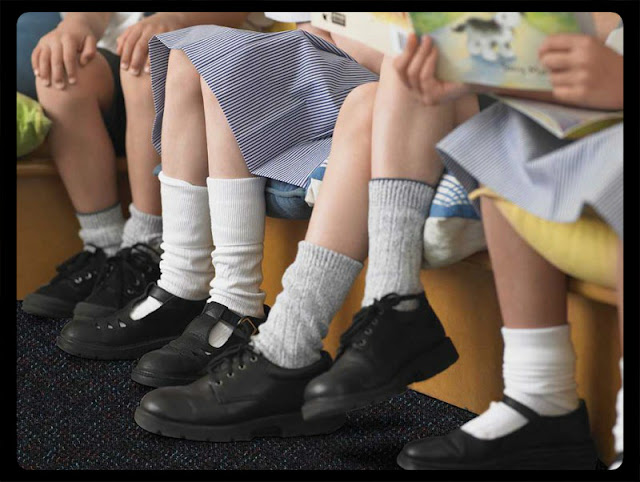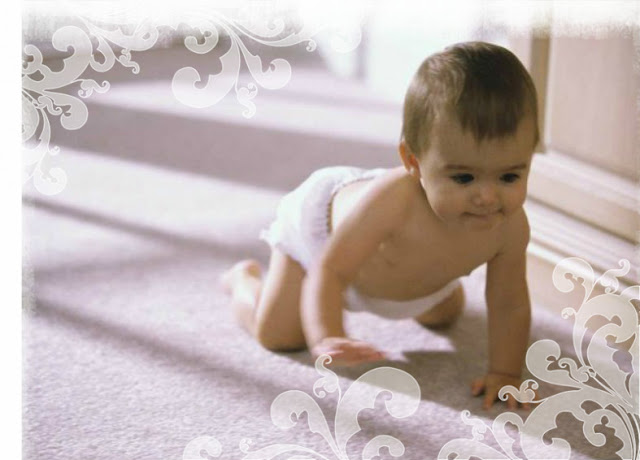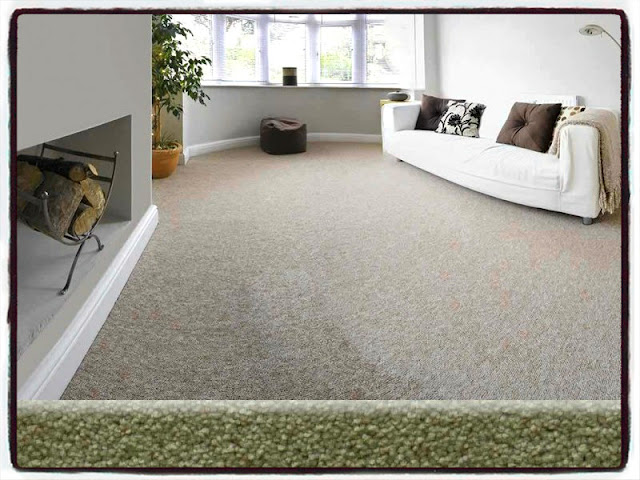Whether buying a commercial carpet to put into a school, office, retail shop or maybe a hospital or medical center, there are several things to take into consideration. There may be numerous flooring options available for these places, including hard flooring, but they are not all the time practical, safest or cost-effective.
In a commercial setting, the company may initially install broadloom carpeting. However, in the long run, a carpet that is well-installed and maintained would not only provide a cost-effective solution for many years, but would give a business or school a look of class and professionalism as well. Commercial carpets are VOC tested, thus they are safe to use in the workplace and provides good thermal qualities and reduce airborne noise too.
Tips to buy commercial carpets involves the major aspects of the business and plan for the amount of traffic and vital elements of style that is specific to the area. Check out the buying guide for commercial carpets below.
- Plan the purchase in accordance to the budget. It is integral to stay within the company's means while still buying commercial carpets that are of high quality.
- Choose the best fabric or yarn that would suit with the business requirements. Some kinds of fibers are more durable than other kinds. Furthermore, they are better for places that have high foot traffic. Commercial carpet from nylon is not just ideal for high traffic areas, but also does well in places where it is likely to get dirty and wet. Nylon carpets look good, easily clean and last for a long time.Tufted carpet with a woven backing is ideal for spaces where many people will be walking. The floor covering has a backing punched through and glued to another one made of plastic, making it strong and long-lasting. A lot of commercial carpets are durable because they have tufted construction. Olefin fiber is softer and less costly than other types. However, it will not do well in places with high foot traffic.
- Choose the best pile for the business needs. A level loop pile has small loops while a cut pile is plush and short. Both pile types are typically made of either olefin or nylon. Nonetheless, level loop works best in high traffic spaces. Cut piles work well in an office setting.
- Buy the amount of flooring needed based on the measurements of the space it will be installed. It is vital to get the correct space dimensions or measurements to ensure buying the correct amount of commercial carpet. Round up to the nearest meter or foot so as not to fall short on the amount of material needed. If there is more carpet than needed it could always be trimmed to fit awkward spaces.
Durability and lasting performance are key elements of this kind of carpeting due to the high amount of foot traffic that the flooring would have to endure. Purchasing the highest quality of commercial carpet possible would be a lasting investment. Moreover, depending on the nature of the business, the carpet might also have to be comfortable to walk on an aesthetically pleasing too. For instance, the visual look and comfort of the texture of a carpet for the waiting room of a doctor's clinic will be a high priority than for a basic office.
